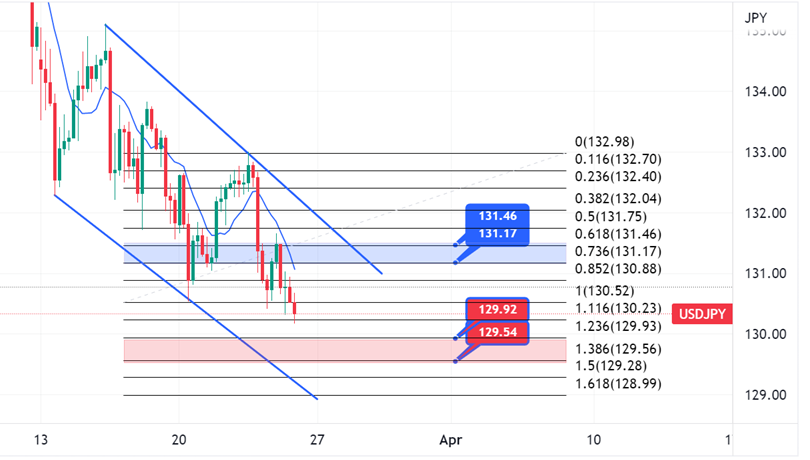The latest data shows Japan’s consumer price index inflation declined from February’s 40-year highs. Several factors contributed to the decreased inflation, including government subsidies on utility bills, a stronger yen, and lower commodity prices that eased price pressures.
Inflation in the core CPI, which excludes volatile fresh food prices, increased 3.1% in the year to February as predicted, dramatically down from the estimate of 4.2% in January. This result was the lowest since September 2022, although it was far above the Bank of Japan’s 2% annual target. In contrast, CPI inflation, which includes fresh food, increased by 3.3% during the previous 12 months to February, down from 4.3% in January. As a result, the CPI inflation rate decreased by 0.6% from one month to the next in February.
This estimate is consistent with earlier data showing that inflation in Tokyo, a leading indicator for the rest of the nation, decreased after reaching a more than 40-year high in February.
Tremors Felt In The Energy Sector
With Japan providing an additional 2 trillion yen in subsidies to lessen the effects of high inflation on the economy, the main factor in the lower inflation rate was a nearly 19% decrease in energy prices from the previous month. In addition, due to a dramatic decline in global commodity prices, Japanese utilities decreased import expenses, leading to a 6.5% drop in gas prices and an 11% drop in fuel charges.
Significantly, the price of oil plunged to 15-month lows last week amid worries that a global banking crisis may slow economic development and harm petroleum demand. In contrast, natural gas prices fell to almost record lows earlier this year.
Also, a stronger yen and less pressure from the dollar helped Japan’s import prices decline. The dollar against the Japanese Yen traded at the 130 level on Friday.
USDJPY Price Prediction
The most recent inflation reading supports the Bank of Japan’s decision to maintain its ultra-easing monetary policy in light of a recent leadership transition. Although the BOJ had come under increasing pressure to tighten policy as inflation soared to a nearly 42-year high in January, it kept its ultra-accommodative policy in its February meeting, stating that inflationary pressures were likely to lessen in the near term due to government subsidies.
The BOJ only sees price pressures approaching its 2% target range by mid-2025, and it expects inflation to build up again by late 2023 or early 2024. Rising inflation has recently harmed Japan’s economy, resulting in a GDP barely expanding in the fourth quarter of 2022. Therefore, the market assumes the BOJ will maintain that ultra-easing monetary policy. Still, the dollar is weak, which could be bullish on the Japanese Yen in the short run. Suppose the USD/JPY will break the 130-level support and reach a lower level.

USDJPY-4 Hourly Chart


